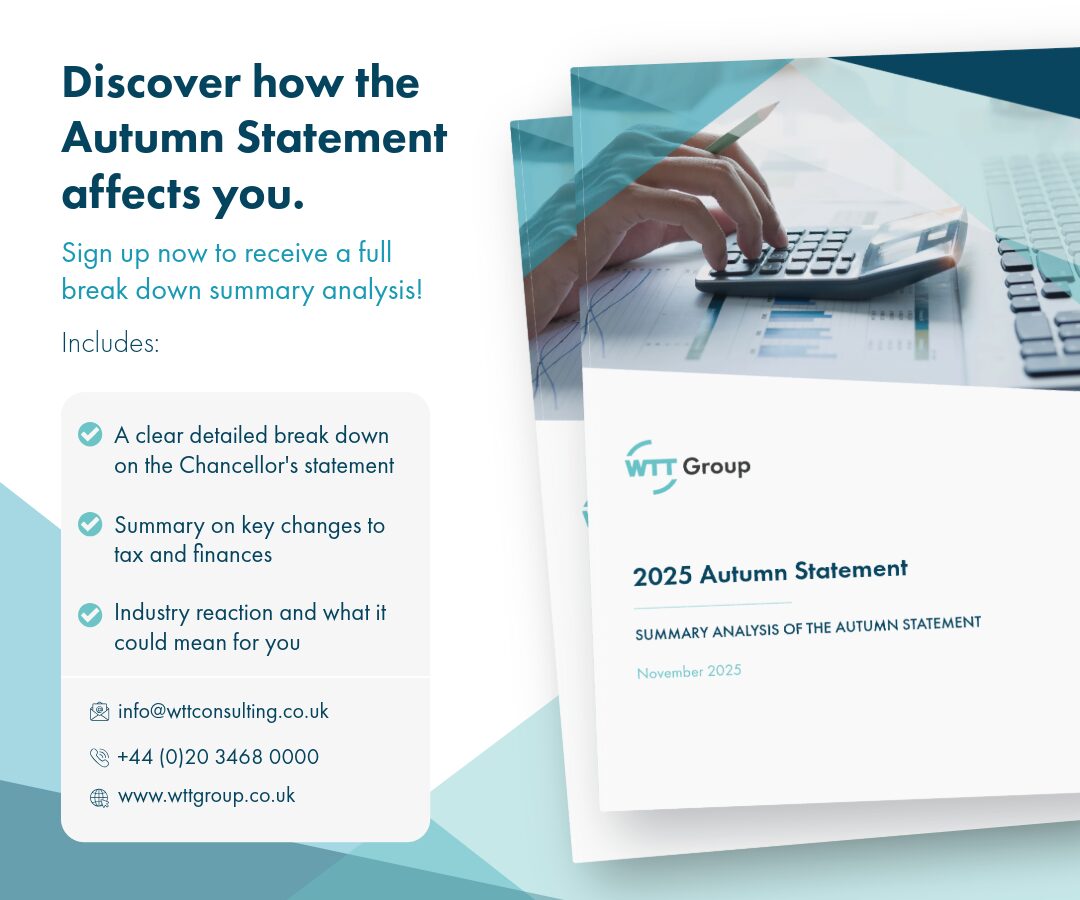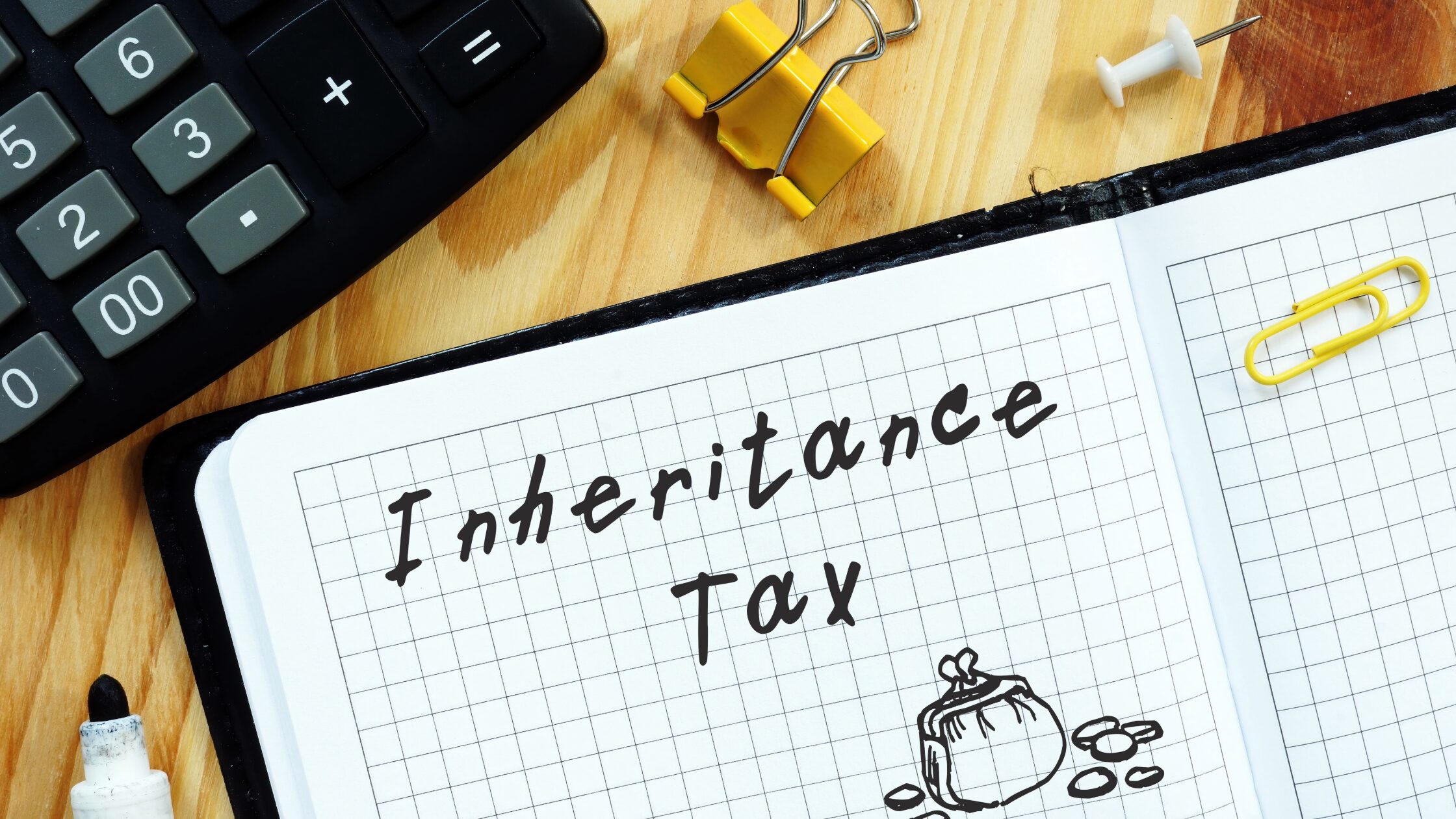Checked & unbalanced
10th December, 2021 I’m often educated by my law trained business partner as to…
22nd March, 2017
Tackling Disguised Remuneration
Two Technical Updates on ‘tackling disguised remuneration’ have been released [i] on 20th March 2017.
Both deal with the operation and consequences of the proposed tax charge on unpaid loan balances at 5th April 2019, a 20 year retrospective law.
Of particular interest is an amendment to the 2019 charge to account for contractor arrangements which advanced loans in non sterling amounts. In the normal course of events the currency depreciates over the course of a number of years. The balance at the trigger date for the 2019 charge is March 2016. At that time the loan may have a very low sterling value.
The suggestion is that in this situation it will be the original principal amount that is used to calculate the charge, not the balance at the time the charge was announced – March 2016 or indeed becomes due- April 2019.
The approach risks a double retrospective effect;
1) First, applying a law in 2019 looking back 20 years is retrospective law.
2) Second, using a loan value that is neither the original amount, nor the value n March 2016 nor the value on 5th April 2019, is simply arbitrary.
Overall the legislation allows HMRC to arrive at a decision that an arrangement falls within Disguised Remuneration and then tax it without any third party or judicial sanction. This decision is then only able to be overturned by costly legal action which many are unable to afford. Not only is this a clear contradiction to the separation of powers, encouraging HMRC to act ultra vires, it also removes significant taxpayer protections.
Tax years should be closed for enquiry when s.9a and s.29 TMA 1970 can no longer apply. This legislation overrides that protection retrospectively, regardless of enquiry status. This creates uncertainty and damages confidence in the tax system and its administrators (HMRC).
Historically HMRC’s inability to arrive at an accurate conclusions in this area is apparent in the thousands of withdrawn APNs, following judicial clarification (https://bit.ly/1Om6uCe). If this can happen after 10 years of investigation the risks inherent in leaving any decision to HMRC alone are obvious. Fortunately, in these examples, money, invalidly recovered could be returned (despite swift threats of bankruptcy being issued to taxpayers who were unable to make payment) following a costly judicial review. Where this new charge is made by application of the self-assessment return, reliance on HMRC’s ability to identify the quantum of the charge will be more severe. HMRC has always been reluctant to change the quantum of APNs even when presented with proof. It is to be hoped that the 2019 charge s applied with a bit more thought and application of the few weak safeguards that have bene included.
For example (common circumstances):
Contractor A takes a salary and a loan from their employer. The loan is £100,000 in 2008/09. This is subject to fees taken by the promoter totalling 20%. Contractor A is paid £80,000.
This arrangement is disclosed to HMRC via DOTAS and the SRN is included as part of the return.
HMRC do not issue a S.9A TMA enquiry notice, within 12 months of the return being filed.
In the absence of any enquiry from HMRC and in light of supporting counsel opinion, Contractor A continues with the arrangement for a further two years. Loans are made of £300,000 (£240,000 net).
HMRC do not issue a S.29 Discovery Assessment to Contractor A within the usual four year window.
During the following years the loans are depreciated through forex transactions, to nil. HMRC do not contact Contractor A.
In December 2015 Contractor A receives a note from his lender indicating that his loan has been depreciated to nil and no repayment is required.
In 2018/19, Contractor A makes the required declaration concerning historic loans. Despite the absence of any enquiry from HMRC or any judicial hearing to consider the legally compliant arrangements, HMRC applies a tax charge on the initial loan value, despite the fact that at the trigger date (March 2016) the balance according to the lender is NIL.
The full £300,000 is taxed as income on top of existing income for the 2018/19 tax year (assumed as £50,000).
This results in a tax liability of £157,822 in the 2018/19 tax year on £50,000 or income, representing a 315% tax rate.
In addition to this, Contractor A’s affairs are not settled. HMRC will continue to litigate the arrangements with interest and penalties potentially applied at a later date.
In the example above, HMRC (a branch of the executive) are afforded the opportunity to become judge, jury and executioner, as there is no oversight over their enquiry management (despite being disclosed information) nor any accountability.
It is very clear that this new piece of legislation acts ultra vires to The Rule of Law, the Tax payer’s right to certainty and the basic requirement that legislation cannot be implemented retrospectively. We anticipate numerous challenges to this piece of legislation, because failure to do so, would lead to tacit acceptance of a fundamental change in the UK’s constitution and a potential slippery slope that cannot be recovered.
WTT has recently been asked to comment on the above as part of a report for BBC Radio 4’s Money Box programme. For more information or to listen to the broadcast please visit- https://www.bbc.co.uk/programmes/b08j94dk
[i] (https://bit.ly/2nhREar)
 Article
Article
10th December, 2021 I’m often educated by my law trained business partner as to…
 Article
Article
2nd July, 2021 Crypto Tax- What can we learn from the US? Introduction The…
 Article
Article
Inheritance Tax (IHT) is one of the most significant considerations in long-term wealth planning,…
 Article
Article
What the Autumn Budget 2025 Means for You Rachel Reeves delivered this year’s Autumn…
 Article
Article
Demystifying Inheritance Tax Misconceptions Inheritance Tax (IHT) is one of the most complex and…
We’d love to hear from you!
Whether you simply have a quick question, or were seeking a more formal conversation to discuss your tax needs, drop your details here and we will be in touch! Alternatively, you can contact us on +44 (0)20 3468 0000.